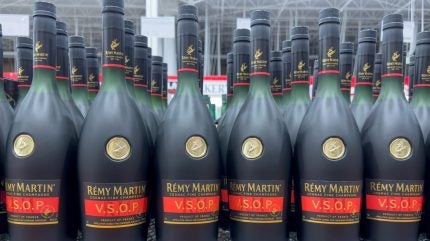
Cognac’s post-millennium success story has largely been a tale of east and west: value-driven growth in markets in Greater China and Asia, spearheaded by demand for luxury expressions; and volume-led gains in the US, where Hennessy VS leads the pack.
There have been hiccups along the way; most notably a decade or so ago, when the Chinese Communist Party’s crackdown on extravagant spending and gifting (corruption, many would say) hit volumes hard and sent brand owners scurrying to reallocate products to alternative markets.
Then there is the lingering impact of the Covid-19 pandemic. Here, the effects on the category’s two leading markets offer a strong contrast: the US performing remarkably well, China suffering in the face of widespread on-trade closures. These disparate pandemic trends artificially skewed the numbers in both countries – positively, in the case of the US, and negatively in China.
As things begin to normalise now, fortunes in the two markets are being reversed, with China offering optimism for Cognac producers after the country’s prolonged lockdowns – and the US in the grip of a full-on slump in demand.
These market movements are apparent in the results issued this week by Moët Hennessy and Rémy Cointreau, with some common themes emerging.
See Also:
Moët Hennessy announced double-digit revenue declines for ‘Cognac & Spirits’ in the first half of 2023, largely attributed to the economic environment in the US and the high level of retailer inventories.
How well do you really know your competitors?
Access the most comprehensive Company Profiles on the market, powered by GlobalData. Save hours of research. Gain competitive edge.

Thank you!
Your download email will arrive shortly
Not ready to buy yet? Download a free sample
We are confident about the unique quality of our Company Profiles. However, we want you to make the most beneficial decision for your business, so we offer a free sample that you can download by submitting the below form
By GlobalDataMeanwhile, Rémy reported Cognac sales slumping by 44.7% in its first quarter (April to June), with the Americas squarely blamed in terms of high comparisons and inventory reduction.
The problems in the US have been apparent for months. At the start of the year, National Alcohol Beverage Control Association (NABCA) data for the country’s Control States showed a 17.2% value decline for Cognac during 2022, with volumes dropping 15.7%.
Rémy reflected this in the company’s third-quarter results announcement (covering October to December 2022), which reported a “very strong double-digit decline” for its Cognac business in the US.
At Moët Hennessy, LVMH CFO Jean-Jacques Guiony didn’t pull his punches when asked about Cognac in the US during an analyst call this week. The slowdown in demand starting in August – and continuing until now – was “pretty brutal and sudden”, he said.
But what of China? There’s no doubt the on-trade is recovering thanks to the end of Covid-19 restrictions but the situation in the country is not as straightforward as you might think.
Rémy Cointreau is quite bullish about China right now, pointing to “very strong growth” in the last quarter thanks to that on-trade bounceback and robust growth in e-commerce – a vital channel in the market.
But Guiony’s words to analysts were more lukewarm. Yes, depletions in China were pretty healthy, he said, but the company hasn’t really felt the benefits of that so far – because inventories are at a high level. That should be a short-term issue – but, coupled with the depressed trends in the US, it doesn’t make for good numbers overall.
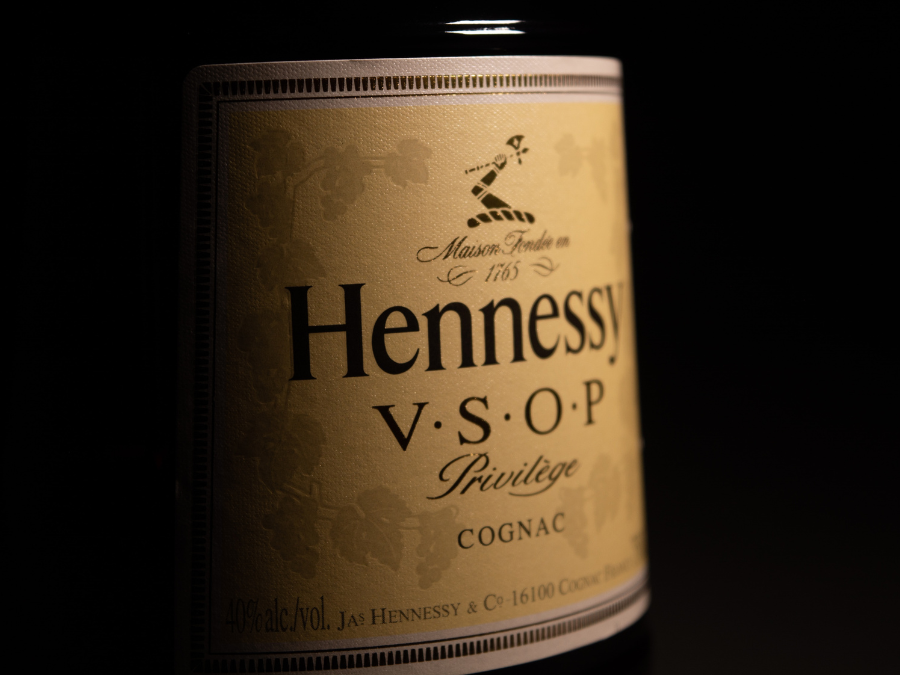
There are obvious contrasts between the two Cognac markets but one aspect shared by both the US and China is a complicated route to market. When consumer demand slips, the backloading of inventories into the system creates a lag – so, when people stopped buying Cognac in the US last autumn, the pain is only really felt some months later, when the trade simply doesn’t need to replenish its supplies.
That also means it will be some time before the situation rights itself – Guiony reckons between six months and a year – as inventories are slowly run down. The LVMH CFO scents “promising signs of early recovery” in some states but Cognac might have up to two years of pain in the US (backdated to last autumn) before any proper recovery asserts itself.
The same phenomenon is being observed, in a different way, in China. Here, companies loaded up the market pipeline with liquid before the Chinese New Year celebrations, only to find them curtailed by the tail end of Covid restrictions.
The result is that there’s still an awful lot of Cognac sitting in China – and the gradual on-trade recovery will take time to work through it all, although Rémy’s positive assessment of market conditions augurs well for the near future, and Guiony is sure that ‘real’ growth will soon resume: “So we are not really worried there.”
It’s a complex situation to manage but, if I were a Cognac producer right now, I’d be far more worried about the US than China. It’s all very well to highlight the famous complications of the marketplace and its three-tier system, but that’s fairly incidental if people have stopped buying (and drinking) your product.
There’s a lot of talk of ‘normalisation’ around the US market at the moment – the idea that the weird trading conditions that persisted throughout the pandemic are gradually returning to the way things were in 2019. This is the chief hope of Cognac producers – that the surge in demand around 2020-21 is simply correcting itself.
That might be true but what if there are more significant shifts at play? One of the chief features of the agave spirits boom is a massive premiumisation move, which most observers believe will continue for some years to come. As much as premium-and-above price segments continue to grow, they remain relatively narrow in volume terms and there are lingering concerns about cost-of-living increases and their impact on consumers’ disposable incomes.
What we’re seeing in Cognac right now could just be ‘normalisation’ – as brand owners say (and hope) – but it could be something deeper. It could be Cognac being squeezed by the dynamic agave category, not to mention other premiumising segments, such as US whiskey and rum.
Cognac has had a great run in the US over the past couple of decades, but I wonder if we may be entering a new phase, one where growth becomes far more elusive and a fresh approach is required. In that scenario, the continued recovery of China will be even more crucial to the industry and its brand owners.



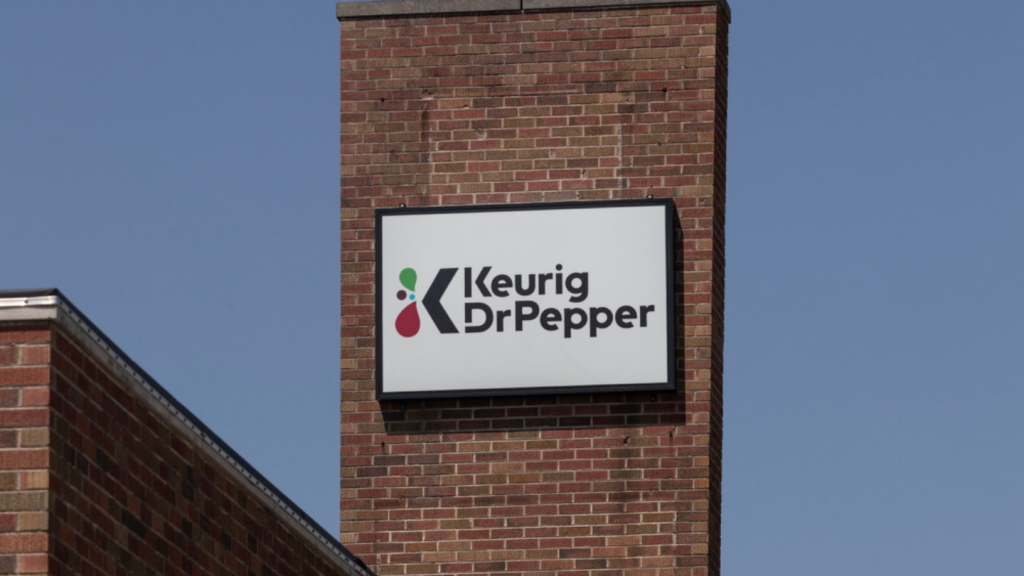
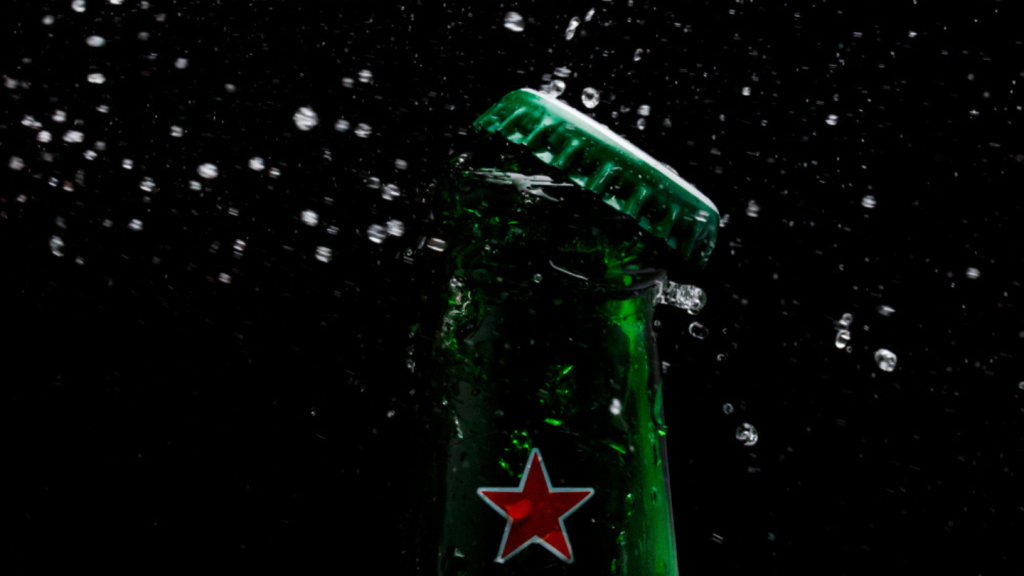
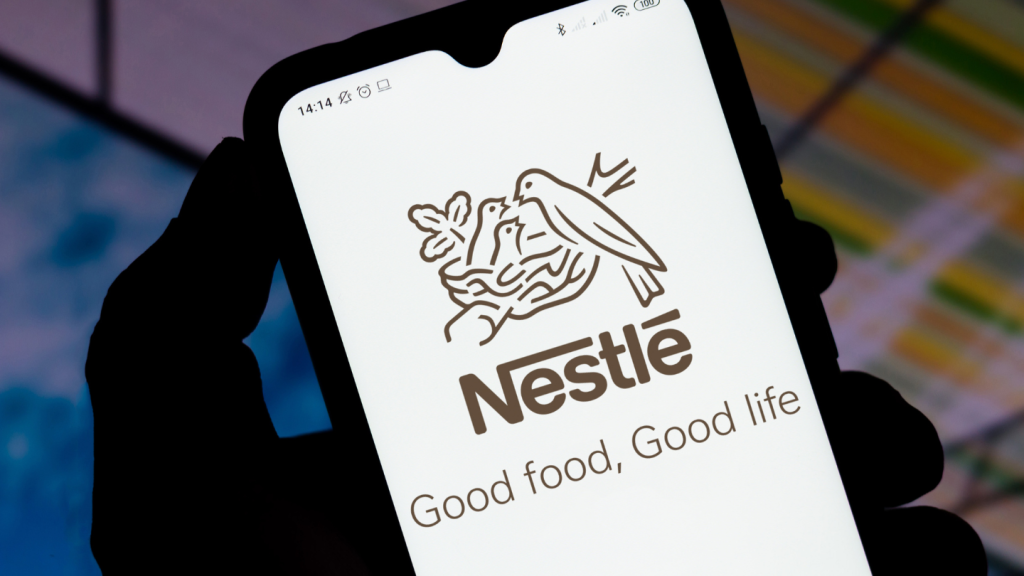

Related Company Profiles
Moët Hennessy UK Ltd
Spirits Co Ltd
Cognac